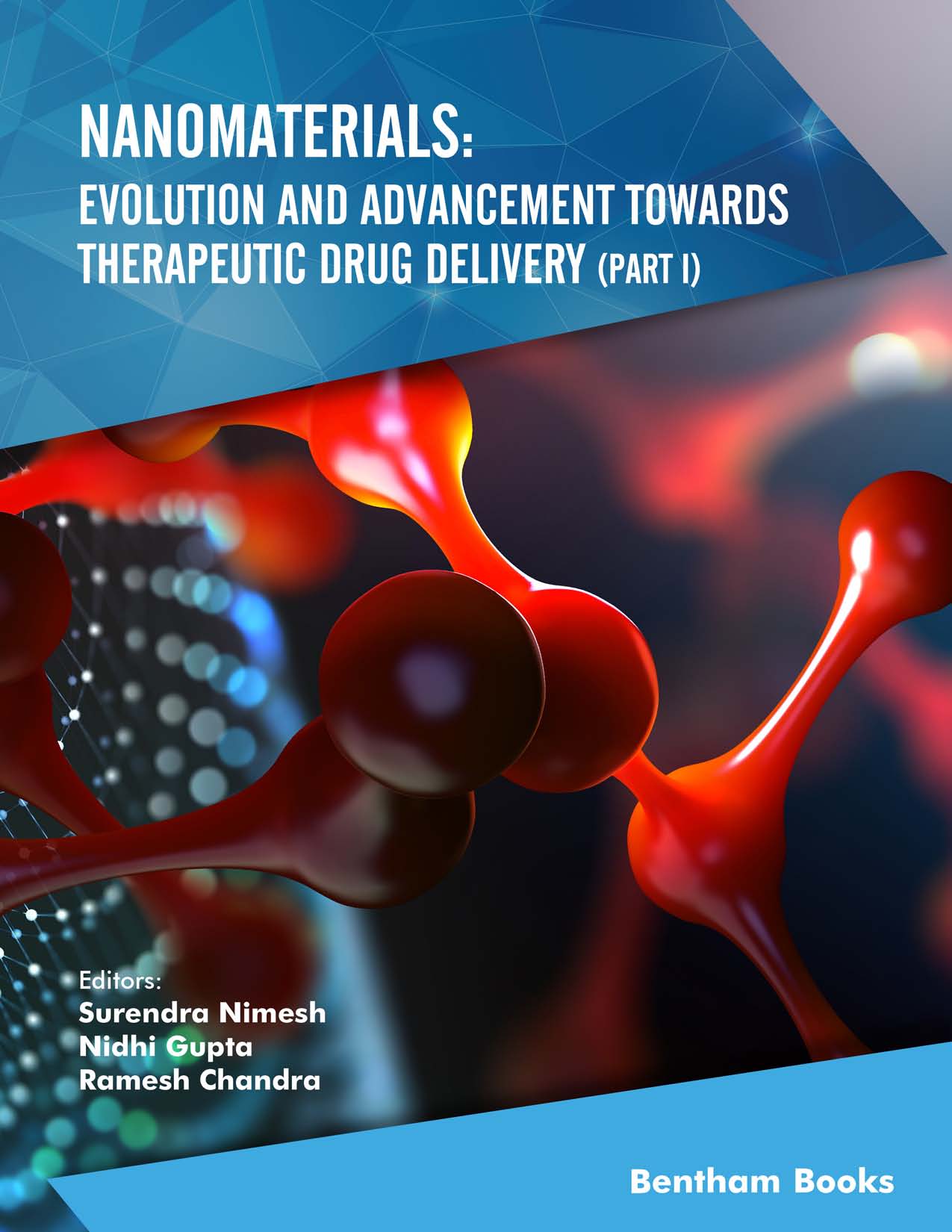Introduction
The development of a vector for the delivery of therapeutic drugs in a controlled and targeted fashion is still a major challenge in the treatment of many diseases. The conventional application of drugs may lead to many limitations including poor distribution, limited effectiveness, lack of selectivity and dose dependent toxicity. An efficient drug delivery system can address these problems. Recent nanotechnology advancements in the biomedical field have the potential to meet these challenges in developing drug delivery systems. Nanomaterials are changing the biomedical platform in terms of disease diagnosis, treatment and prevention. Nanomaterials aided drug delivery provides an advantage by enhancing aqueous solubility that leads to improved bioavailability, increased resistance time in the body, decreased side effects by targeting drugs to the specific location, reduced dose dependent toxicity and protection of drugs from early release.
In this volume, the contributors have compiled reports of recent studies illustrating the promising nanomaterials that can work as drug carriers, that can navigate conventional physiological barriers. A detailed account of several types of nanomaterials including polymeric nanoparticles, liposomes, dendrimers, micelles, carbon nanomaterials, magnetic nanoparticles, solid lipid-based nanoparticles, silica nanomaterials and hydrogels for drug delivery is provided in separate chapters. The contributors also present a discussion on clinical aspects of ongoing research with insights towards future prospects of specific nanotechnologies. The book is an informative resource for scholars who seek updates in nanomedicine with reference to nanomaterials used in drug delivery systems.

